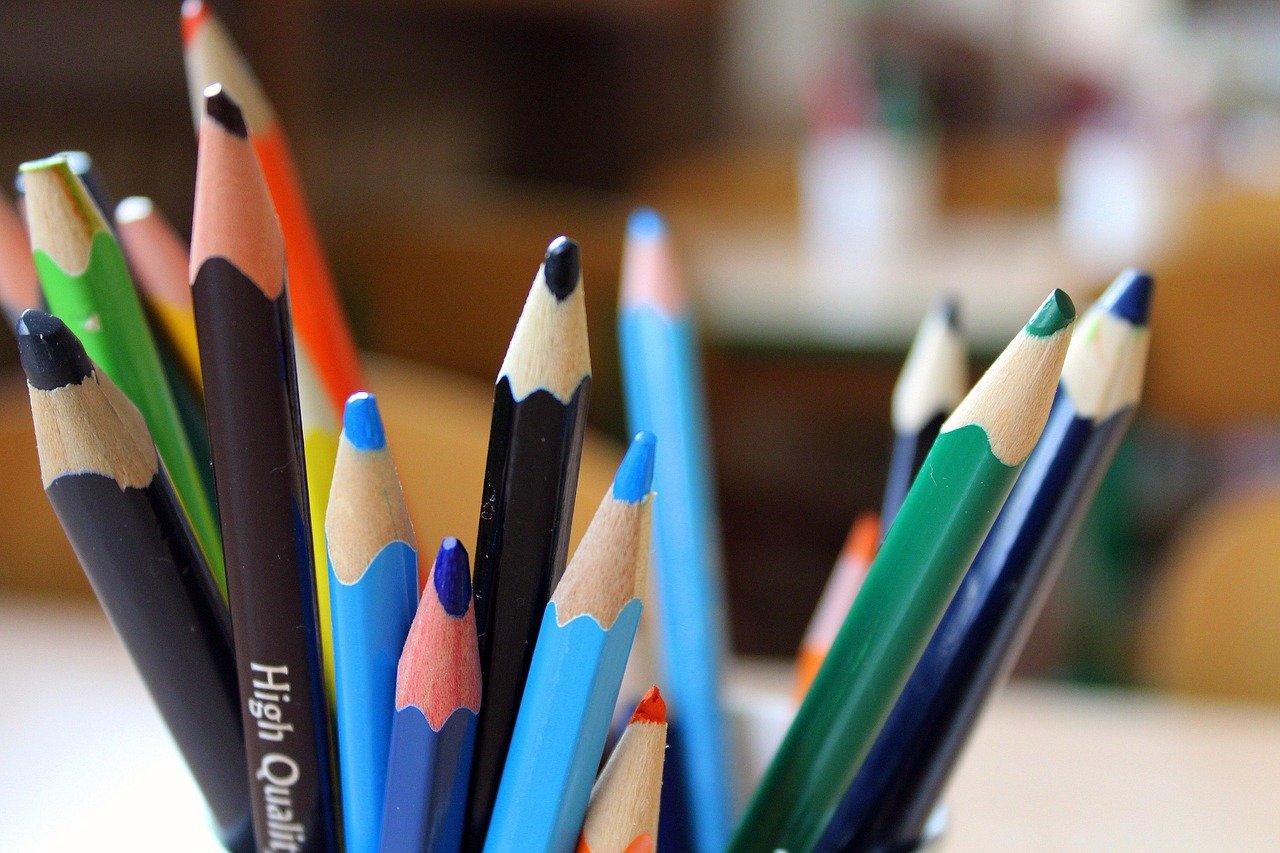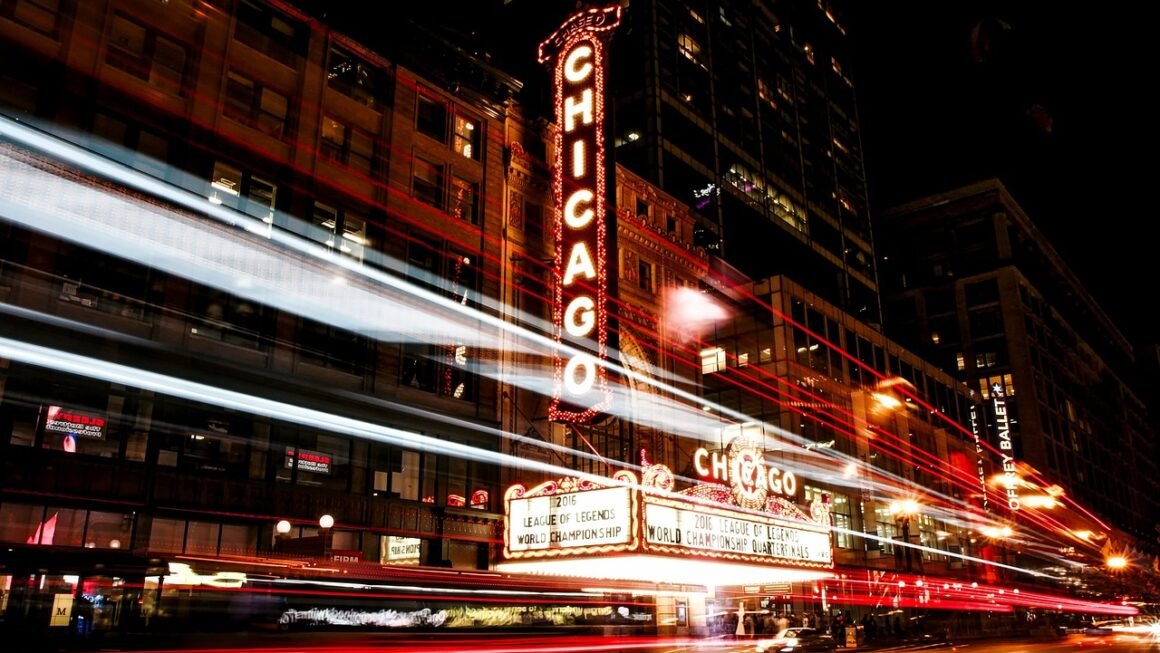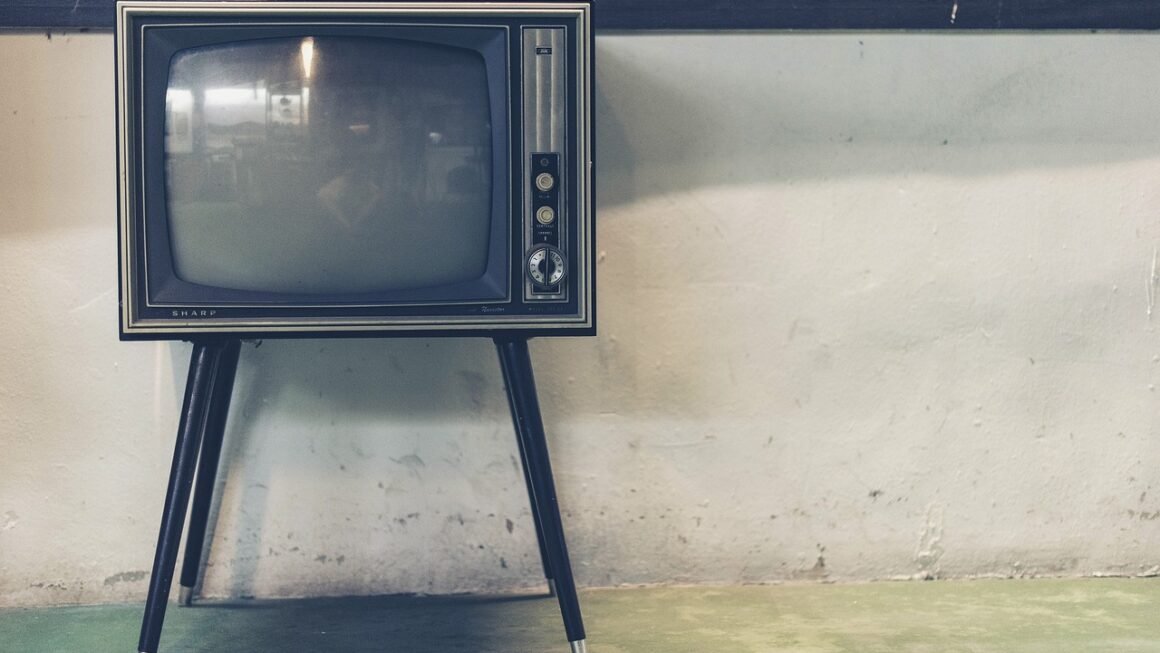Cinematography, the art of visual storytelling in film and television, is more than just pointing a camera. It’s about crafting a visual language that supports the narrative, evokes emotions, and immerses the audience in the world of the story. From selecting the right lens to meticulously controlling light and shadow, every decision a cinematographer makes impacts how a film is perceived. This blog post delves deep into the world of cinematography, exploring its key elements and techniques.
The Art of Visual Storytelling: Understanding Cinematography
Defining Cinematography
Cinematography, derived from the Greek words “kinema” (movement) and “graphein” (to record), literally means “writing in motion.” But it’s much more than that. It’s the art and science of capturing moving images in a way that enhances the narrative, conveys emotions, and visually communicates the director’s vision. The cinematographer, also known as the Director of Photography (DP), is the head of the camera and lighting departments and is responsible for all visual aspects of a film.
- Cinematography encompasses a vast range of skills, including:
Camera operation and movement
Lighting design and execution
Lens selection
Color grading
Composition
Working closely with the director to achieve their vision
The Cinematographer’s Role
The cinematographer is a key collaborator in the filmmaking process, working closely with the director, production designer, and other crew members. Their responsibilities extend beyond simply operating the camera. They are actively involved in:
- Pre-Production: Scouting locations, planning shots, selecting equipment, and developing the visual style of the film.
- Production: Overseeing the camera and lighting crews, ensuring the shots are executed according to the plan, and making real-time adjustments to capture the best possible images.
- Post-Production: Collaborating with colorists to finalize the look of the film and ensure consistency across all shots.
Mastering the Camera: Lenses, Movement, and Composition
Choosing the Right Lens
The lens is the eye of the camera, shaping the image and influencing the viewer’s perception. Different lenses offer different focal lengths, which affect the field of view, perspective, and depth of field.
- Wide-Angle Lenses: Offer a wide field of view, exaggerating perspective and creating a sense of depth. Often used for establishing shots and creating a feeling of immersion.
Example: A 16mm lens can capture a vast landscape, making the subject appear small and insignificant against the backdrop.
- Normal Lenses: Approximate the perspective of the human eye, providing a natural and balanced image.
Example: A 50mm lens is often used for portraits and medium shots, offering a realistic representation of the subject.
- Telephoto Lenses: Compress perspective, making distant objects appear closer and flattening depth of field. Often used for capturing action shots and creating a sense of intimacy.
Example: A 200mm lens can isolate a subject from the background, creating a shallow depth of field and emphasizing the subject’s importance.
Dynamic Camera Movement
Camera movement adds another layer of visual storytelling, guiding the viewer’s eye and creating a sense of energy or stillness.
- Pan: Horizontal movement of the camera on a stationary tripod. Used to follow a moving subject or reveal a wider view.
- Tilt: Vertical movement of the camera on a stationary tripod. Used to emphasize height or reveal a character’s perspective.
- Dolly: Movement of the entire camera setup on a track. Used to smoothly move closer to or further away from a subject, or to follow a moving subject.
- Zoom: Changing the focal length of the lens to make the subject appear closer or further away. Can be used to emphasize a detail or create a sense of urgency.
- Crane Shot: Using a crane to lift the camera high above the ground, providing a sweeping view of the scene.
Composition: Framing the Shot
Composition is the arrangement of elements within the frame to create a visually appealing and meaningful image.
- Rule of Thirds: Dividing the frame into nine equal parts and placing key elements along the lines or at the intersections. This creates a more dynamic and balanced composition.
- Leading Lines: Using lines in the scene to guide the viewer’s eye towards the subject.
- Symmetry: Creating a sense of balance and order by arranging elements symmetrically around a central point.
- Headroom and Noseroom: Leaving appropriate space above the subject’s head (headroom) and in the direction they are looking (noseroom) to create a comfortable and natural composition.
The Power of Light: Illumination and Atmosphere
Understanding Light Quality
Light is a fundamental element of cinematography, shaping the mood, revealing textures, and creating depth.
- Hard Light: Creates strong shadows and highlights, often used to create a dramatic and intense mood.
- Soft Light: Creates diffused shadows and highlights, often used to create a flattering and natural look.
Lighting Techniques
- Three-Point Lighting: A standard lighting setup consisting of a key light, a fill light, and a backlight. The key light is the main source of illumination, the fill light softens the shadows, and the backlight separates the subject from the background.
- High-Key Lighting: A lighting style that uses bright and even illumination, creating a cheerful and optimistic mood.
- Low-Key Lighting: A lighting style that uses dark and dramatic illumination, creating a mysterious and suspenseful mood.
- Natural Lighting: Utilizing available light sources, such as sunlight or moonlight, to create a realistic and authentic look.
Color and Tone
Color plays a vital role in creating mood and conveying emotions.
- Warm Colors: (Reds, oranges, yellows) Evoke feelings of warmth, happiness, and energy.
- Cool Colors: (Blues, greens, purples) Evoke feelings of calmness, sadness, and mystery.
- Color Temperature: Measured in Kelvin, affects the overall look of the image. Lower Kelvin values (e.g., 2700K) create a warm, yellowish light, while higher Kelvin values (e.g., 6500K) create a cool, bluish light.
The Digital Revolution: Technology and Post-Production
Digital Cameras vs. Film
The shift from film to digital has revolutionized cinematography, offering greater flexibility, affordability, and control.
- Advantages of Digital:
Lower cost per minute of footage
Instant playback and review
Greater flexibility in post-production
Ability to shoot in low-light conditions
- Advantages of Film:
Unique aesthetic qualities (grain, color rendition)
Wider dynamic range (in some cases)
Perceived “organic” look
Color Grading
Color grading is the process of adjusting the color and tone of an image in post-production to achieve a specific look and feel.
- Color grading can be used to:
Correct color imbalances
Enhance the mood and atmosphere
Create a consistent look across all shots
Match the color palette to the director’s vision
Visual Effects (VFX)
Visual effects (VFX) are used to create imagery that would be difficult or impossible to achieve practically. Cinematographers often work closely with VFX artists to seamlessly integrate digital elements into the film.
- VFX can be used to:
Create fantastical creatures and environments
Enhance practical effects
Remove unwanted elements from the shot
Augment set extensions
Conclusion
Cinematography is a multifaceted art form that requires a deep understanding of camera technology, lighting principles, and visual storytelling techniques. From selecting the right lens to meticulously crafting the lighting, every decision a cinematographer makes contributes to the overall impact of a film. By mastering the elements discussed in this blog post, aspiring filmmakers can unlock the power of visual storytelling and create truly memorable cinematic experiences. The key takeaway is that thoughtful planning, technical skill, and creative vision are all essential ingredients for successful cinematography.



